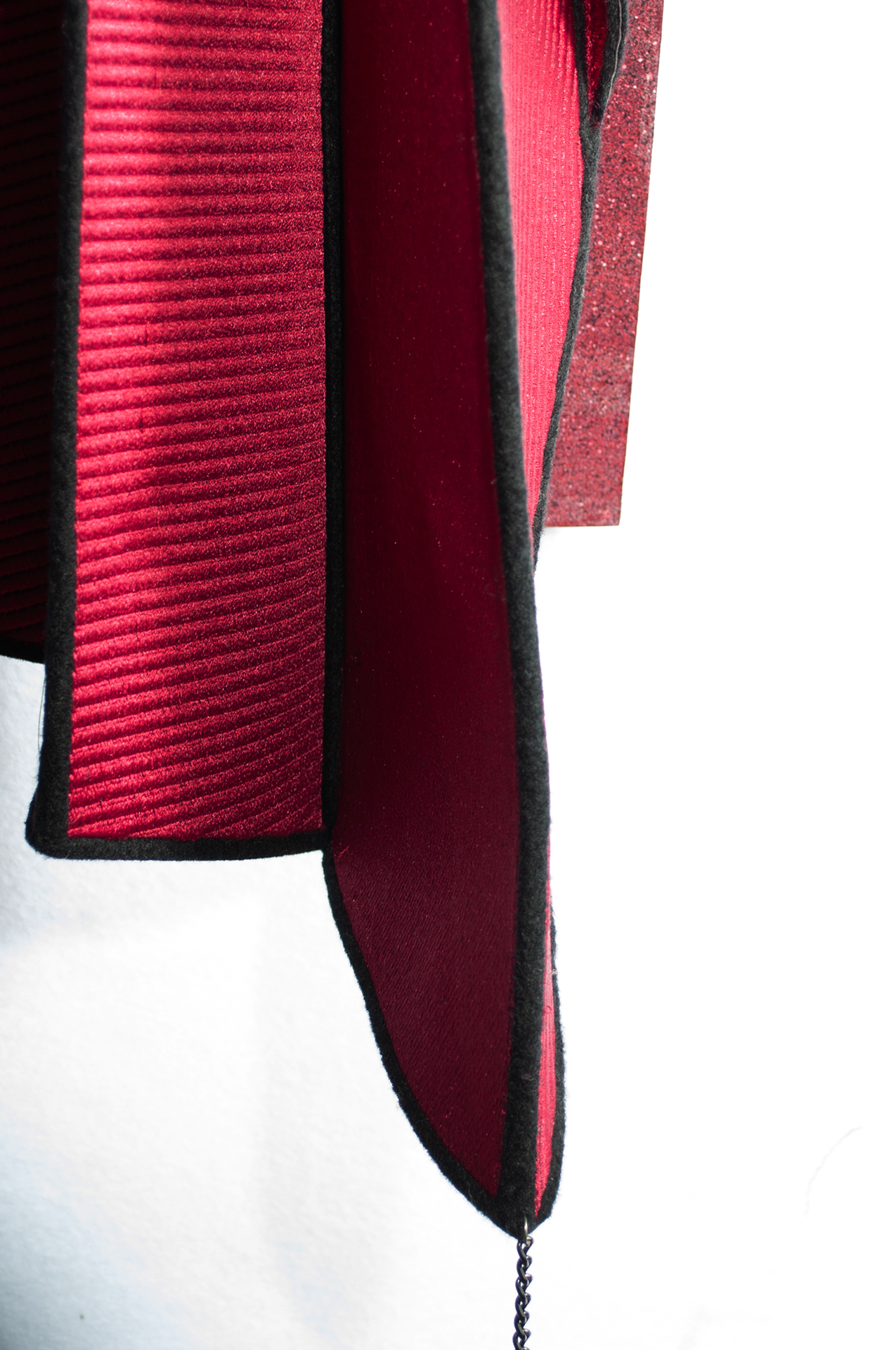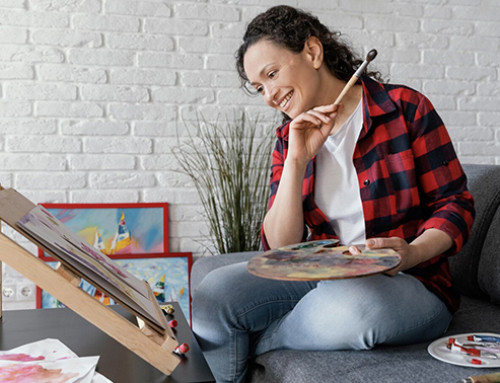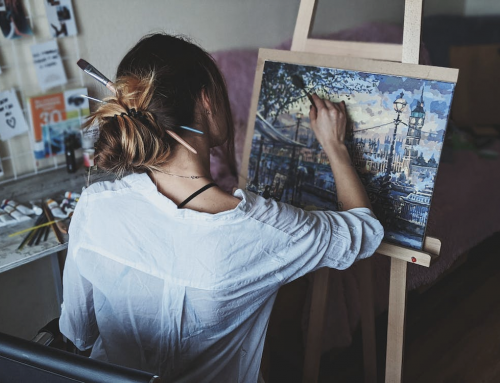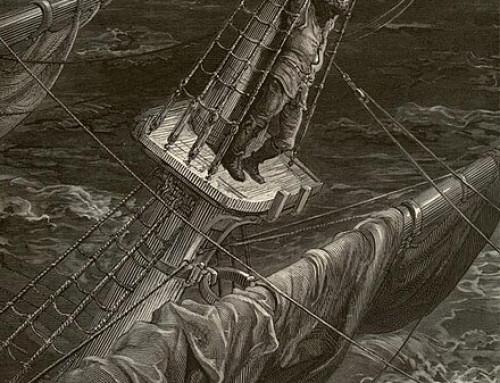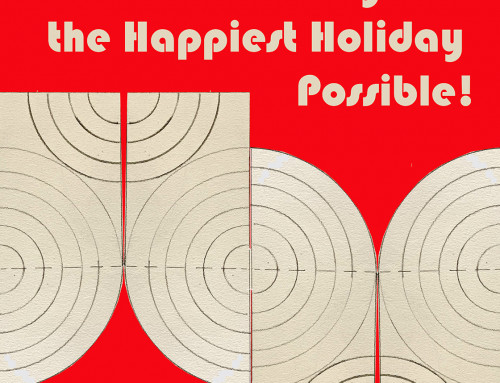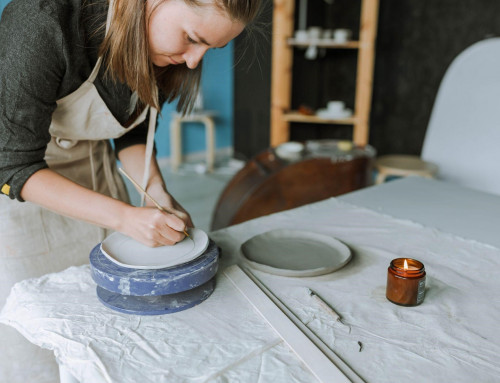Studio life for artist Susan Hensel is a lot of things. It is playing with colors, materials, and ideas: the fun stuff. It is making decisions about how to handle material mistakes: also fun stuff. This piece, Jester: Clown of God, started as one thing and became another because of inconsistencies that turned up in the stitch-out. I can’t even see the “problems” anymore, because the piece became itself once I draped it over a chair. The paradoxical heaviness of the fabric against the visual lightness of spirit reminded me of a story by Tomi DiPaola: The Clown of God, about a character who used his unique talent to bring goodness to the world. So absurd, to think that a talent for juggling could be so valued. But isn’t that what art does for us?
That’s all well and good…but if you are an exhibiting artist, you will probably need to ship the work that you had so much fun making.
Studio Life for Artist Susan Hensel
So, last week, I made a box. It took several hours. The purpose of the box is two-fold. 1)Store the work safely so the fabric does not get wrinkled or crushed. 2)Ship it safely to its new temporary or forever home. My friend Dale usually builds my boxes and they are elegant to behold. But, we cannot work together during the pandemic. So, I built it! It will do the job, although it is not nearly as pretty as a Dale-built box. He and I call building these boxes “stupid proofing.” We try to build them so they are easy to use.
I took a few photos so you can get an idea of what is involved in this part of the studio work. Follow along!
First: measure the piece and figure out what it needs to protect it. This artwork has 2 parts: the fabric drapey piece and rigid support. The 2 parts need to be packed in separate housings within the box.
What’s a housing? A housing is kind of a “proto box.” It is enough protection to, for instance, put a piece safely on a shelf, but not enough protection to ship. It functions kind of like a paper book jacket on a hardbound book: a little bit of protection, but not a lot.
On the bottom of the box, I built the part to hold the rigid support, face down, so it does not shift in shipping. It protects the corners and prevents the paint from chipping. The base of this housing is a pink insulation board with foam-core dikes built up around it to hold the rigid support securely. Piece of cake!
Next Steps time to add the PINS!
Then I started another layer to support the fabric element. The fabric element had to be protected from wrinkling or crushing. It had to be held in place securely so it did not end up in a crumpled mess in the bottom of the box. Shaped pieces of foam-core were cut to hold the piece in place. Pins were added for insurance. A lid had to be built to hold the fabric IN its housing, to further preventing shifting. The lid was taped to the base, making a sandwich.
Then, it was time to measure the double-walled cardboard for the shipping box! I really like doing this part! Once the cardboard was cut and scored, it was glued and taped together to make a clamshell box.
The 2 parts of the artwork, in their housings, were dropped in.
This included instructions for installation.
We take pride in safety
We take great pride in packing and shipping artwork safely! It is a necessary part of the process. I design work to generally ship and install easily. Rarely do they require heavy crates, professional art handlers or freight shipping rates. I really want you to enjoy every part of the process.
[su_image_carousel source=”media: 6538,6539,6540,6541,6542,6543,6544,6545,6546″ columns=”3″ captions=”yes” link=”lightbox” target=”self”]
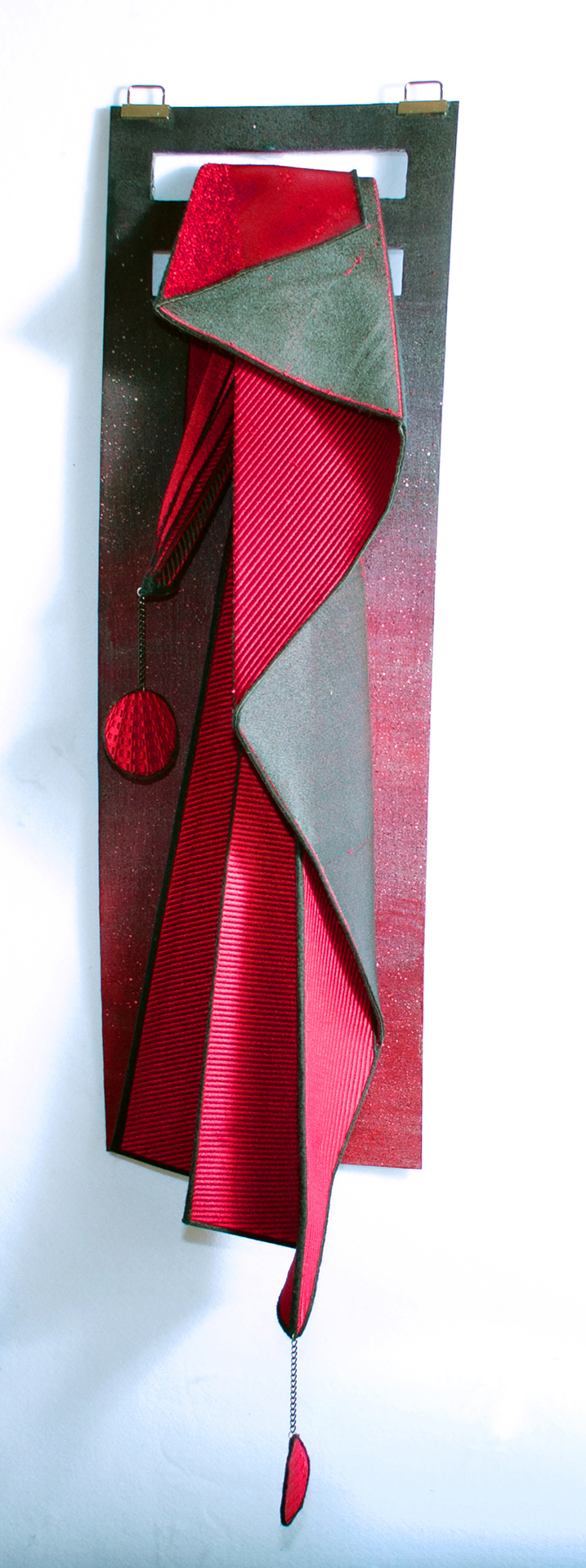
Jester-Clown of God– learn more here

